If you’ve ever bleached, colored, or straightened your hair, chances are you’ve heard of Olaplex vs K18. These two products are constantly compared because they both promise to repair damaged hair from the inside out. But with so many reviews, claims, and price points, it can feel overwhelming to decide which one is worth your money. After working in the beauty industry for more than 10 years, I’ve seen both products in action—on clients with different hair types and levels of damage. In this article, I’ll share the science, real results, and insider tips so you can confidently choose between K18 vs Olaplex.
What Causes Hair Damage?
Before diving into the treatments, let’s talk about why your hair gets damaged in the first place. Hair strands are made up of bonds—disulfide bonds and keratin chains—that give them strength and elasticity. Bleaching, dyeing, heat styling, and even environmental stress break down these bonds. That’s when your hair feels brittle, frizzy, or refuses to hold style. Traditional conditioners only coat the outside of the hair, but bond-building products like Olaplex and peptide treatments like K18 go deeper, repairing the internal structure.
Olaplex: The Bond-Builder Pioneer
Olaplex has been a cult favorite since it launched in 2014. The key ingredient, Bis-Aminopropyl Diglycol Dimaleate, targets broken disulfide bonds in the hair. Think of these bonds as the “glue” that keeps your strands strong. By repairing them, Olaplex helps restore strength and reduce breakage.
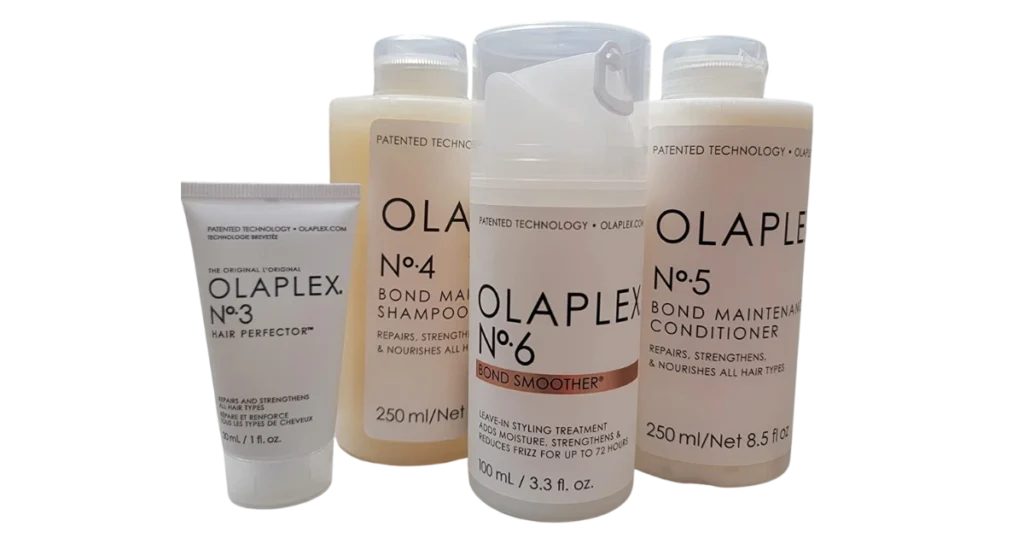
Why I recommend Olaplex:
- Great for people who consistently color or bleach their hair.
- Works best as a system (No.0 through No.9), though Olaplex No.3 Hair Perfector is the most popular at-home treatment.
- Results are gradual—expect improvement after a few uses rather than instant magic.
One of my clients, who has fine, highlighted hair, swears by weekly Olaplex No.3 treatments. She noticed fewer split ends after three months, and her hair became more resilient during styling.
K18: The Peptide Powerhouse
K18 entered the market more recently but quickly made waves. Instead of targeting disulfide bonds, K18 uses a patented K18Peptide™ that reconnects broken keratin chains. This means it repairs not just the bonds but the entire protein structure of the hair.
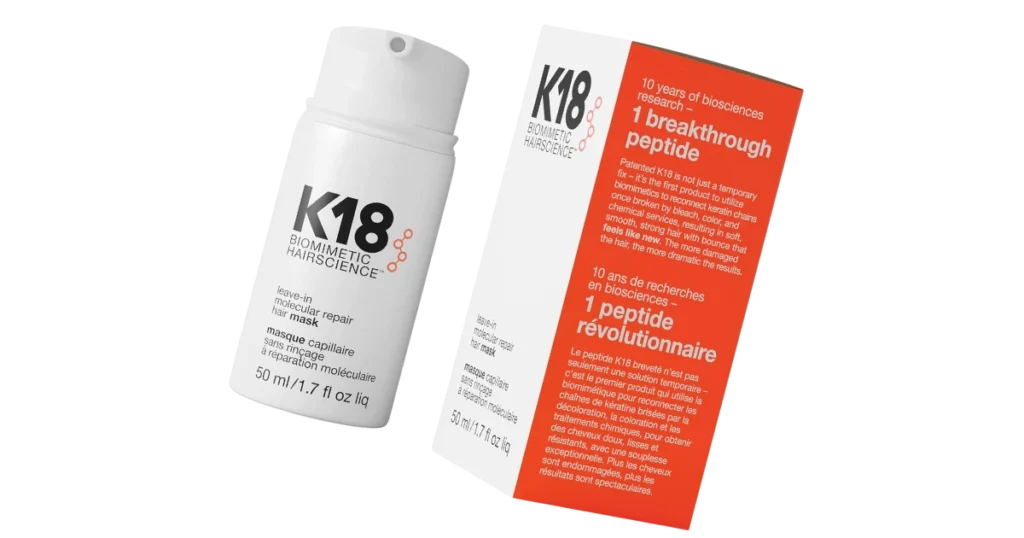
Why K18 stands out:
- Works in just four minutes as a leave-in treatment.
- You don’t need a whole system—one product does the job.
- Ideal for heavily bleached or chemically processed hair.
For example, one of my clients came to me after a major bleach job left her hair extremely fragile. After just two uses of the K18 mask, her hair looked smoother, and she could actually run a comb through it without breakage. The speed of results is what sets K18 apart.
Olaplex vs K18: Key Differences
To make this easier, let’s break it down:
| Feature | Olaplex | K18 |
|---|---|---|
| Technology | Repairs disulfide bonds | Repairs keratin chains + bonds |
| Application | Pre-shampoo or rinse-out treatment | Leave-in mask |
| Time Needed | 10+ minutes | 4 minutes |
| Product Range | System with multiple steps | One main product (mask) |
| Best For | Mild to moderate damage | Severe chemical or bleach damage |
| Price per Bottle | ~30$ | ~$75 |
In simple terms: Olaplex is perfect for consistent maintenance, while K18 is more like an emergency rescue treatment.
Which One Works Better for Your Hair Type?
Every head of hair is different, so here’s my breakdown:
- Bleached/Color-Treated Hair: K18 tends to work faster and gives immediate softness.
- Curly or Coily Hair: Both work well, but K18 can improve elasticity, while Olaplex helps define curls over time.
- Fine Hair: Olaplex feels lighter when used correctly, though K18 also has a weightless texture.
- Minimal Damage: Olaplex once a week is usually enough.
- Severe Damage: K18 delivers quicker, more noticeable results.
Can You Use Olaplex and K18 Together?
This is a common question, and the answer is yes—but with caution. Many stylists recommend alternating rather than layering. For example:
- Use Olaplex once a week for maintenance.
- Use K18 after chemical treatments or when your hair feels extra fragile.
Personally, I’ve seen the best results when clients use Olaplex consistently and save K18 for those “SOS moments.”
Cost and Value: Is K18 Worth the Higher Price?
Olaplex retails around $30 per bottle, while K18 costs about $75. At first glance, K18 seems expensive, but you only need a pea-sized amount per use. One small bottle can last months, even with weekly use. On the other hand, Olaplex may require buying multiple products from the system for best results, which can add up.
If you’re on a budget and need gradual repair, Olaplex is a great choice. If you’re willing to invest in speed and simplicity, K18 is worth it.
Conclusion
When it comes to Olaplex vs K18, there isn’t a one-size-fits-all answer. If you want a long-term solution and don’t mind a multi-step routine, Olaplex is your best friend. If your hair is severely damaged and you need fast results, K18 is the clear winner. Many of my clients actually keep both in their routine—Olaplex for consistent upkeep and K18 for quick fixes after big chemical treatments.
Call to action: If your hair is damaged and you’re tired of wasting money on products that don’t deliver, try starting with one of these powerhouse treatments. Pick the one that fits your budget, lifestyle, and damage level, and give it a few weeks. Your hair will thank you.

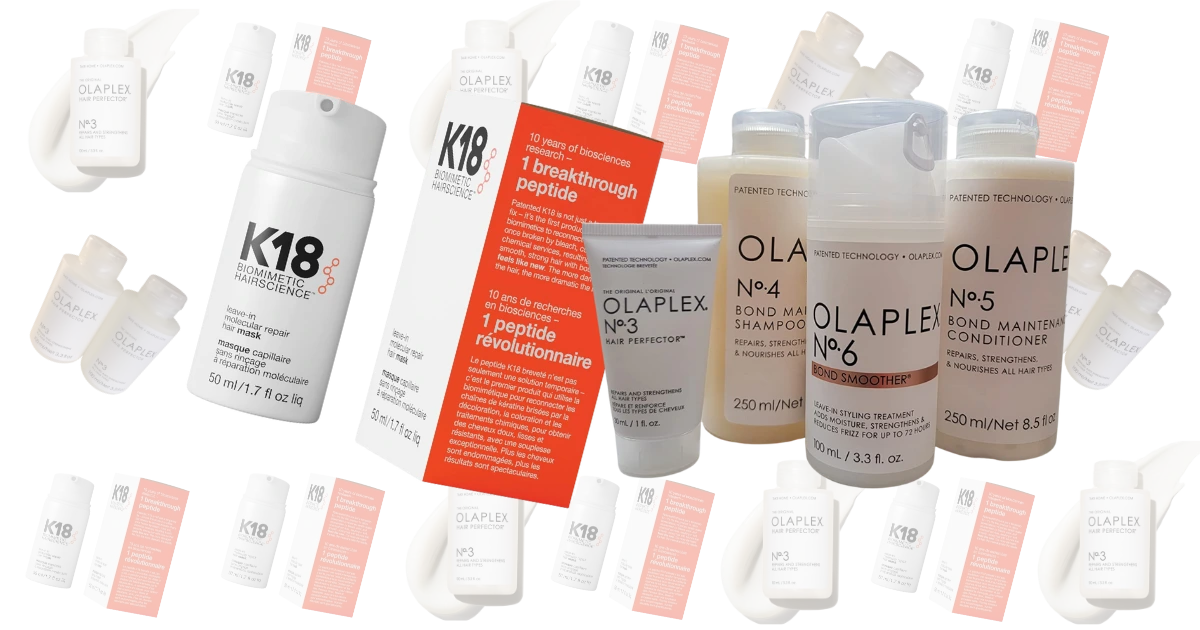



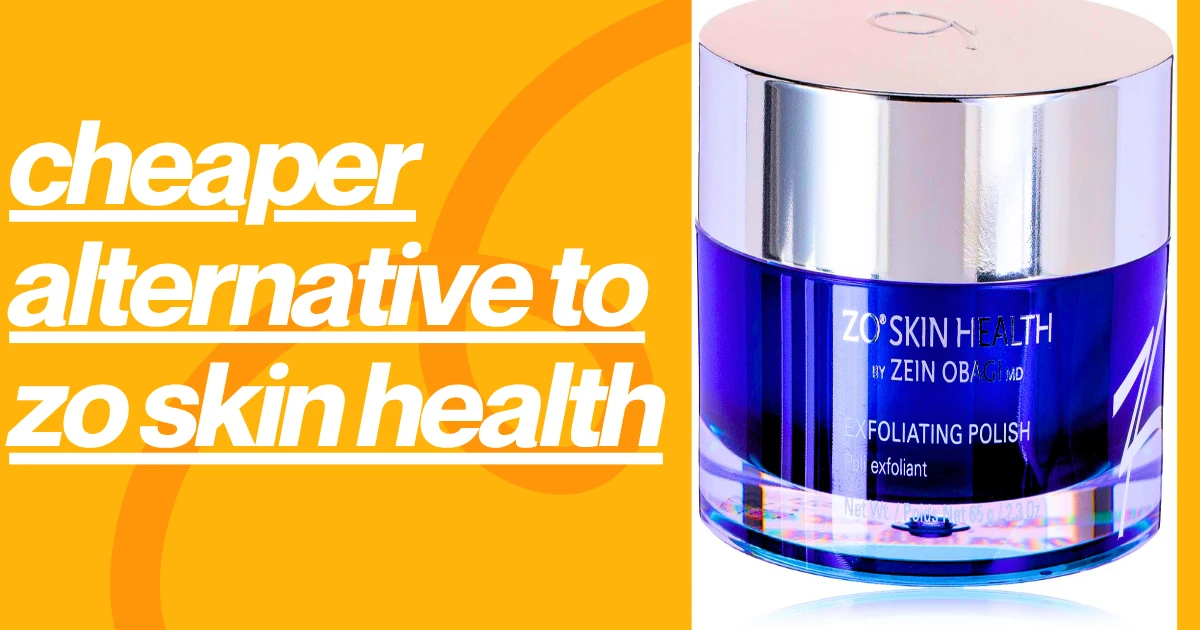
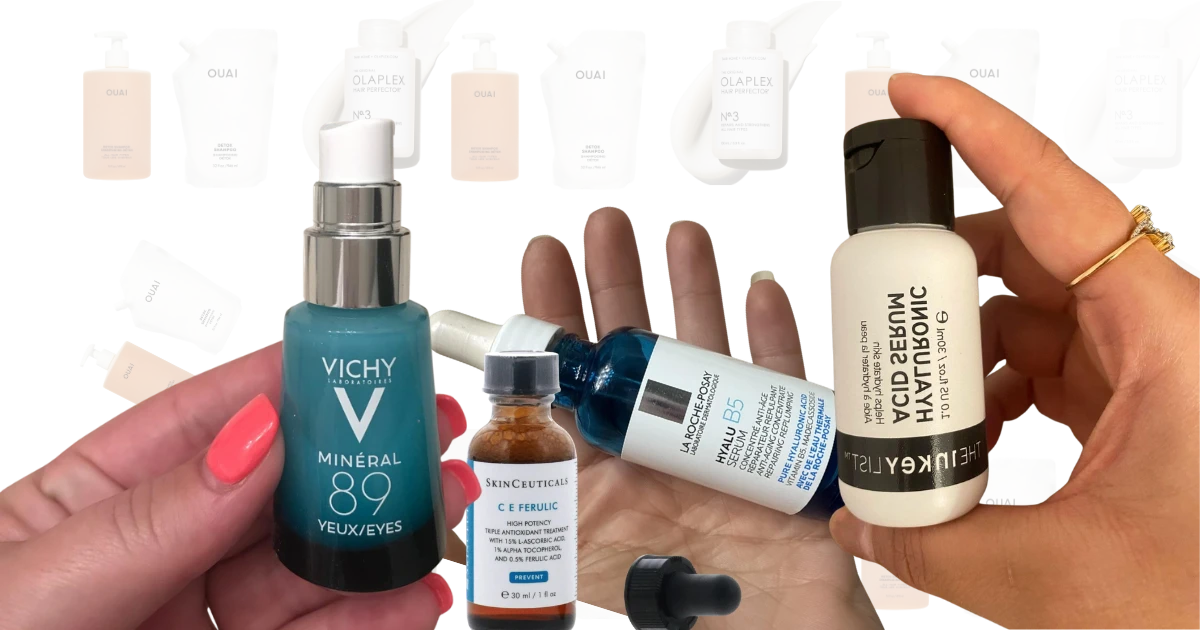



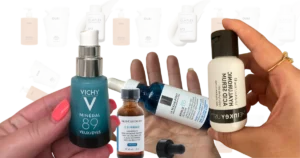
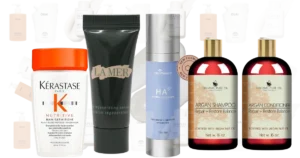
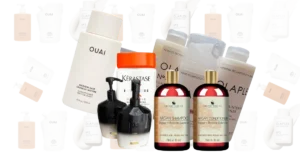
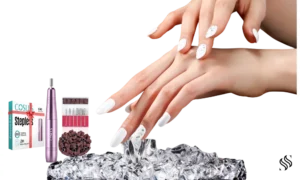
One comment
[…] trying both OUAI and Olaplex, I found they’re quite different. But both are great for haircare. OUAI is perfect for […]